While we were driving in Sweden the two-stroke was having some overheating issues because of the very warm weather …and due to the fact that we were blasting “full speed” on the highways for several hours on one sitting. I could maintain a speed of about 100 km/h, but anything over that I had to deploy the age-old “extra cooling unit” – the cabin heater. But maintaining a steady 120 km/h was pretty much impossible because of the engine heating up more than it should.
I figured it has to do with the triple carb engine producing more heat than the old radiator can handle – especially regarding the tiny hole in the bonnet that air should pass through. The engine bay behind the radiator – as well as the front fenders – were almost scalding hot after a long stretch. A clear sign that there was not enough airflow.
As a first aid I decided to remove some of the obvious obstacles for the engine compartment airflow:
The modification worked out better than I thought it would. I have since driven the car on motorway in very hot weather and the temperature stays very nicely in control. Only if I push the car over 120 km/h will the temperature rise above normal.
So – the next order of business will be opening up the bonnet Saab Sport style. I borrowed a set of original Saab Sport safari grilles as well as the templates to make them. Now I can make new ones for my car.
While I was making the bumper modifications I also decided to make some suspension changes. I think the car came with some rally springs originally as it was sitting pretty high:
As a way to improve the handling a bit I decided to lower the whole car. I had these progressive springs from some japanese car and decided to test how they would work in the front. I also had some stiffer but shorter V4 springs for the rear. So I tested them out:
The front looked much better but the rear stayed at pretty much the same height. The stiffer springs kept the rear up despite being shorter. So the next order of business was to shorten them some more:
That brought the rear down a little but I think I may still need to shorten the springs some more to get the stance right. But handling wise the car improved a great deal. It no longer rolls as much as it used to in tight cornering.
And here’s something I picked up at Juha Lehtonen’s place – A Saab dealer sign from the eighties. Pretty cool.
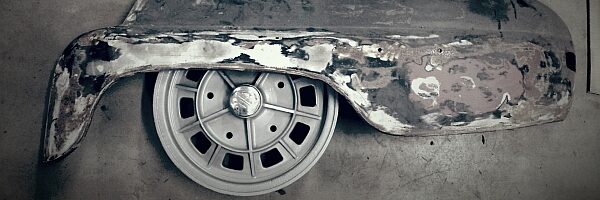
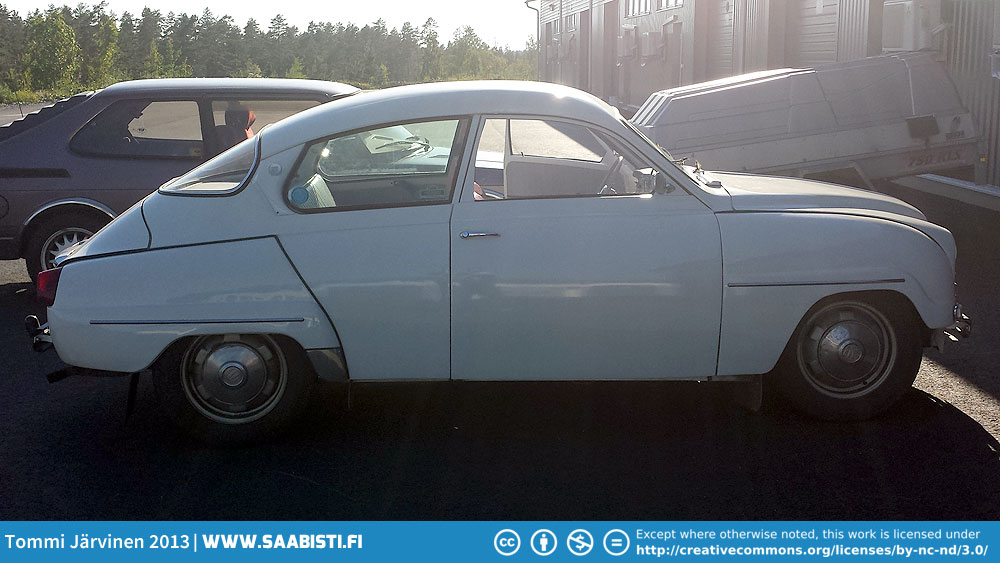
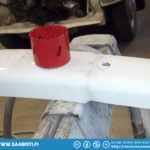
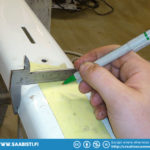
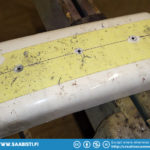
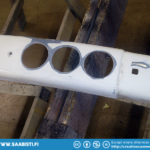
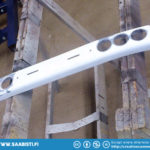
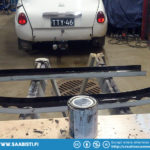
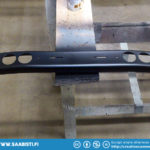
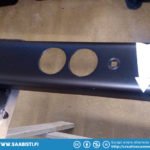
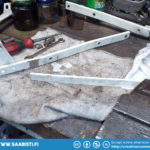
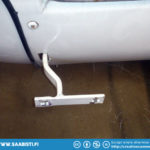
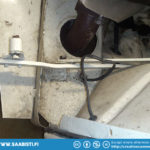
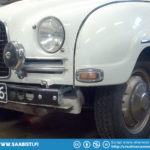
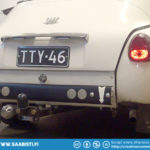
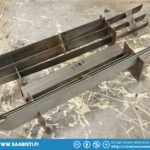
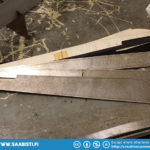
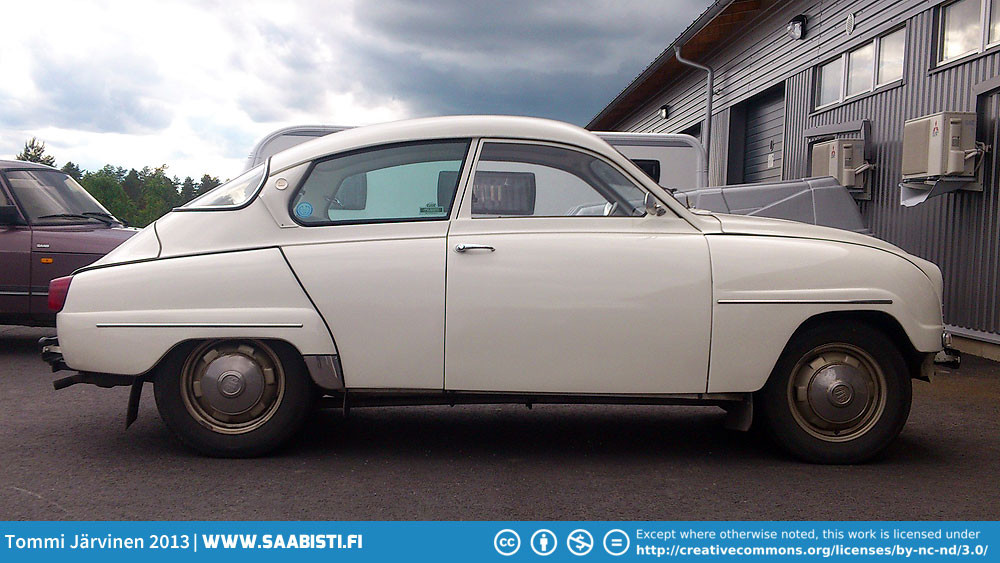
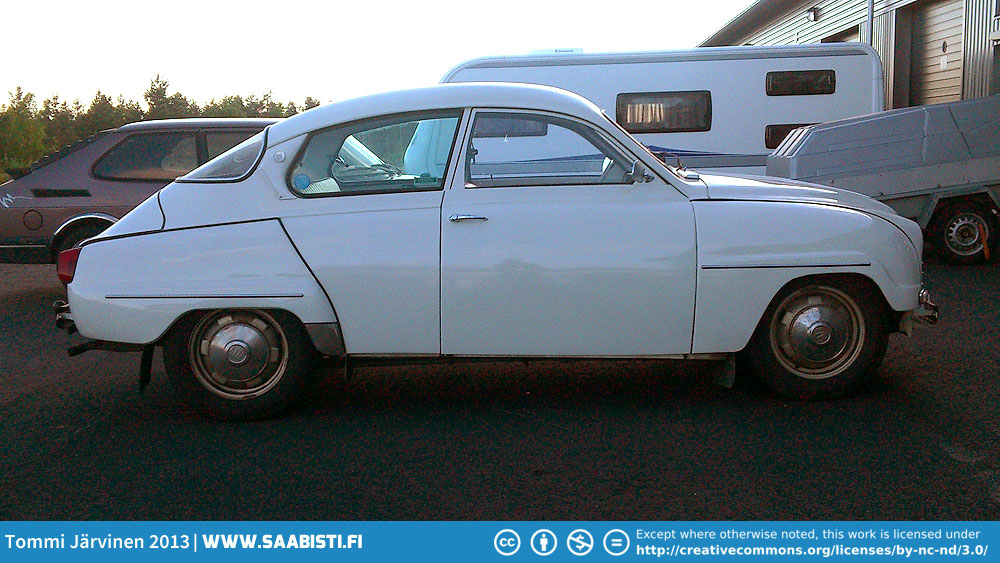
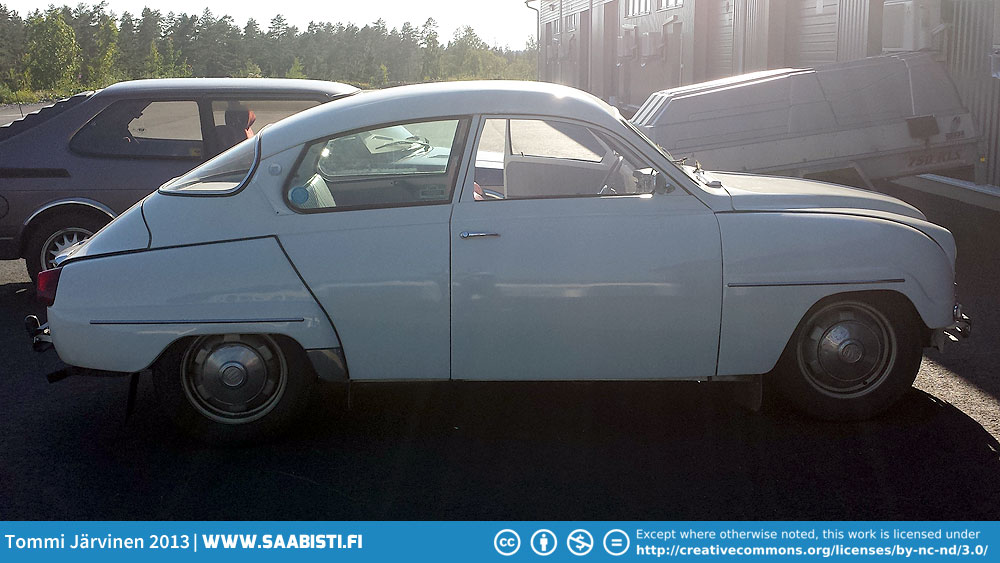
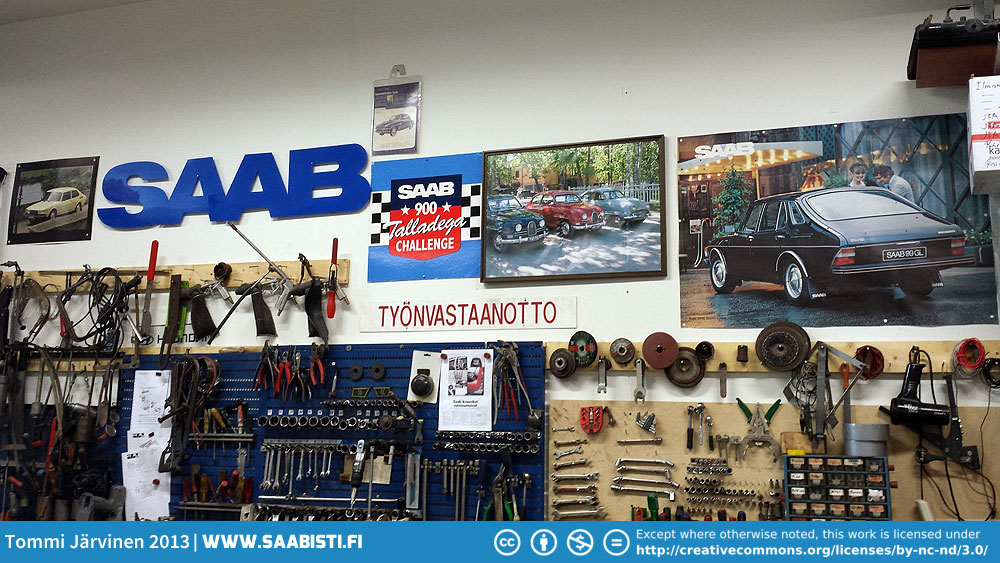
Hi Tommi,
First thing first – what a fantastic blog! I was wowed by it the first time I saw it a few years ago and today I am even more impressed. Thank you and keep it going.
I have a few qestions re. your two-stroke engine you currently use:
1.what lubrication do you have, is it pre-mix or injected?
2.exactly what oil are you using and if pre-mix, at what ratio?
3.in this engine, do you have the rods rebuilt with the SKF needle bearings and SKF inner race as you described a few years back? (I am talking about the big end of course)
From your description I see that you do not have any problems with crankshaft lubrication even when the engine is overheating and running very hot. I am asking about the big end bearings because I would like to replace them in my engine and I am looking for some good solution already tested and proven in action.
Slawek – Toronto
(owner of a non-SAAB two-stroker but also 850 ccm and three cylinder)
Hi Slawek,
thanks for the nice comments. Here’s some answers:
I use regular grade semi-synthetic two-stroke oil. Manufacturer varies, usually Mobil or Castrol. About 3% premix as my car is the regular ’64 model, not a Sport.
I go with the 3% mix as that’s what both Saab and Niklas at classicsaabracing.com recommend.
I have also tested the Triboron borium lubricant from a Swedish manufacturer. It is not oil but uses nano-borium particles to lubricate the surfaces. Works very well and it doesn’t smoke as there is no oil in the mix. But it is somewhat more expensive to use than regular grade oil. If you use premium/racing oil then there is really no difference in cost.
The white car still has the original aluminium cage bearings as they were in good condition. My backup engine has the rebuild crank with SKF bearings. The Sport will (in time) have a rebuild crank with the SKF needle bearings.
The SKF setup works well. It’s been used on several two stroke rally cars as well as regular street cars for years.